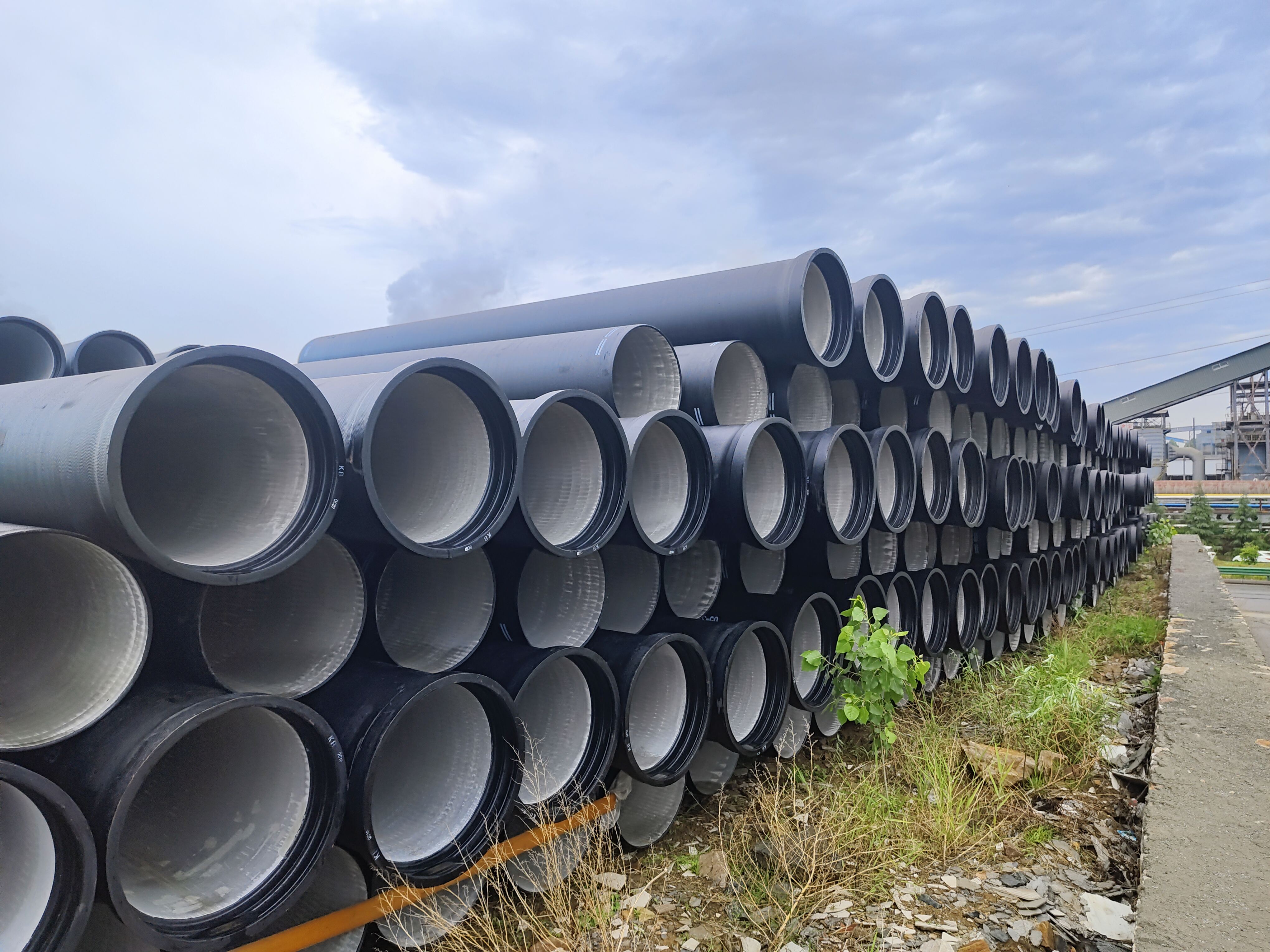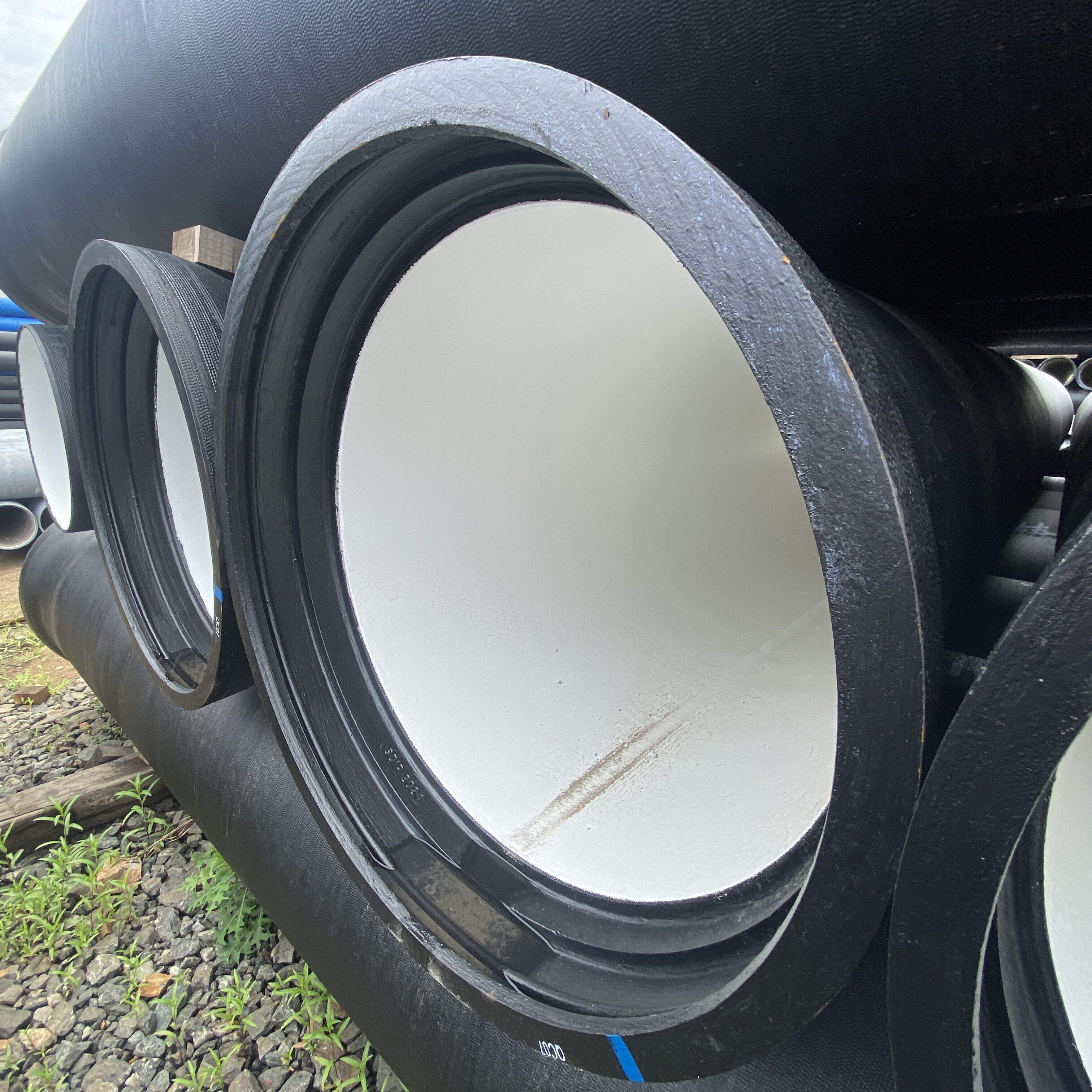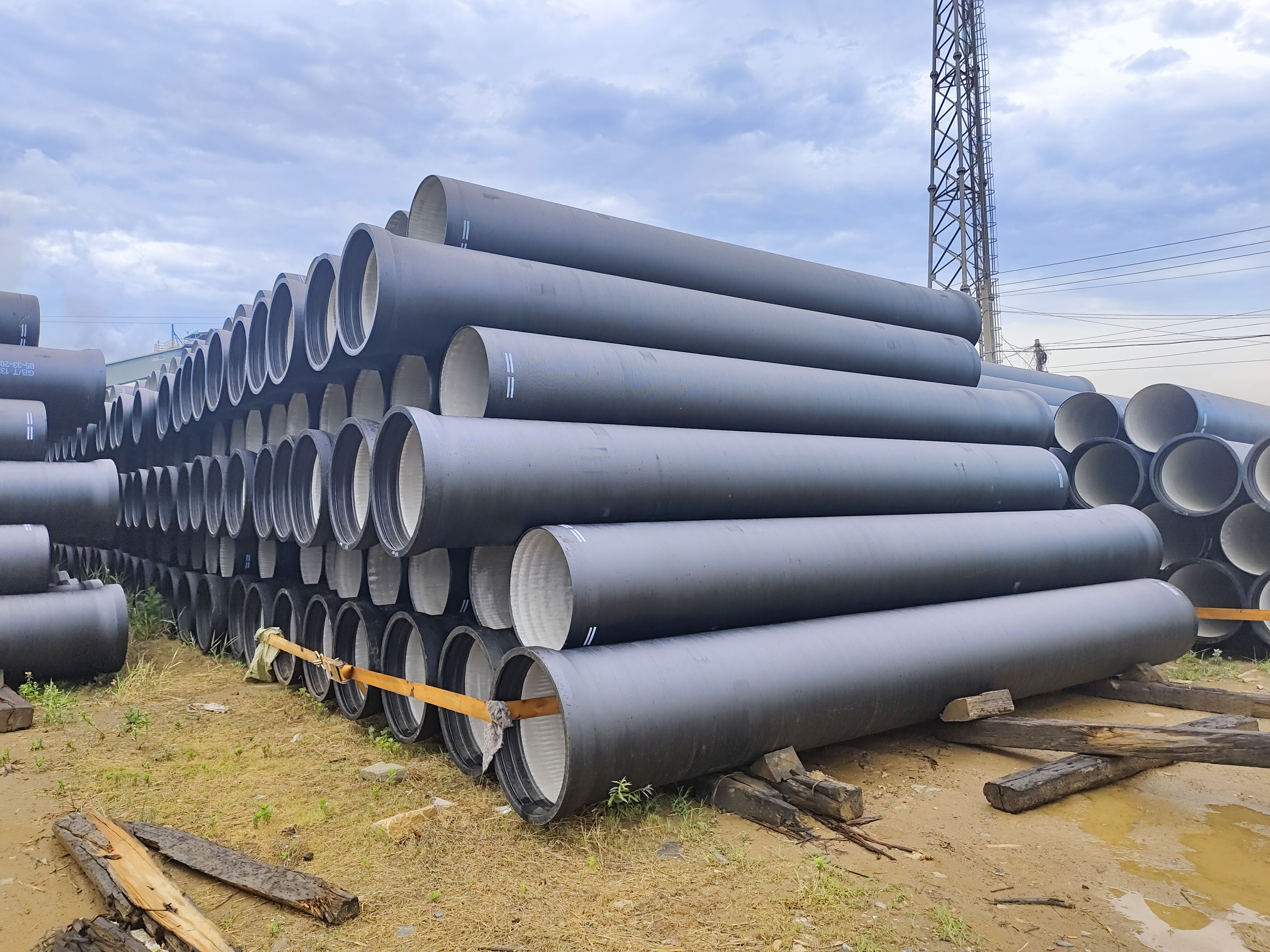ductile iron pipe cost
Ductile iron pipe cost represents a crucial consideration in infrastructure projects, combining durability with cost-effectiveness. These pipes, manufactured through an advanced metallurgical process, feature graphite in spheroidal form, providing superior mechanical properties compared to traditional cast iron pipes. The cost structure typically encompasses material expenses, manufacturing processes, installation requirements, and long-term maintenance considerations. Modern ductile iron pipes offer exceptional tensile strength, flexibility, and impact resistance, making them ideal for water distribution, sewage systems, and industrial applications. The initial investment in ductile iron pipes often ranges from $50 to $150 per linear foot, depending on diameter and specifications, including installation costs. Despite the higher upfront costs compared to some alternatives, ductile iron pipes deliver outstanding value through their remarkable longevity, often exceeding 100 years of service life. The cost analysis must consider factors such as pipe diameter, pressure class, coating options, and regional market variations. Additionally, the total cost of ownership benefits from reduced maintenance requirements, superior corrosion resistance, and minimal replacement needs over the system's lifetime.


